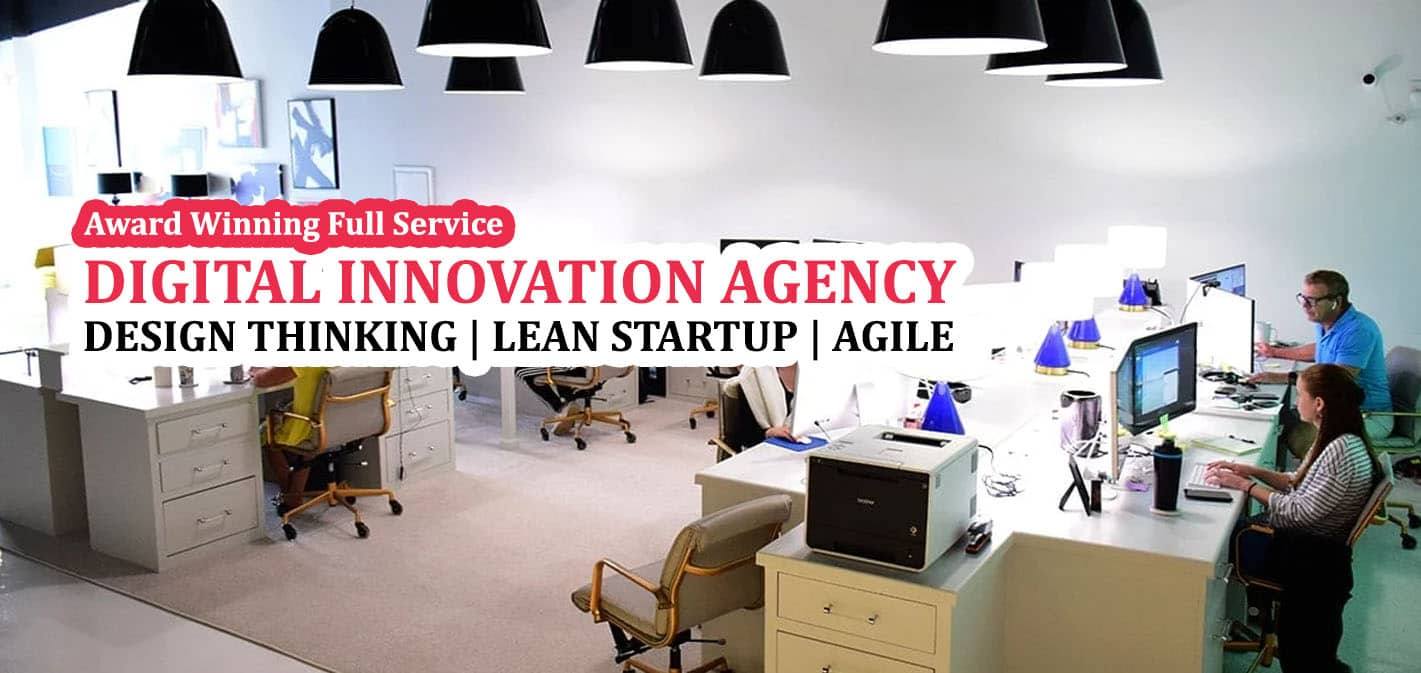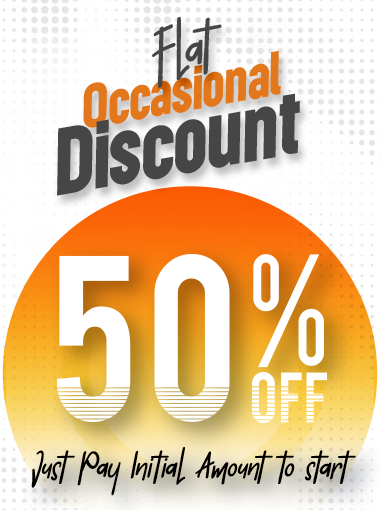
Letter Stacking Logo Design and How It can be Designed
Logos are essential to brand identity and awareness in the field of graphic design. They serve as a brand's ethos, beliefs, and personality all put together visually. Letter stacking logo design is one of the many creative and elegant custom logo design styles that stands out.
As the name implies, letter stacking is the process of layering letters one above the other in a vertical or horizontal pattern to produce a cohesive and eye-catching design. This method creates a unified and memorable logo by utilizing innovative typography and negative space with the help from professional and expert designers at affordable logo design service help.
In contrast to conventional unique logo design that have letters stacked horizontally or side by side, letter stacking adds a distinctive element by stacking letters vertically. This method gives the logo more personality and dimension, which helps it stand out in a crowded market.
Capturing the essence of the brand via cheap logo design deal while combining creativity and typography skills is necessary to create a memorable letter stacking logo. Here's how to make it happen:
The choice of typography is crucial in letter stacking logo design. Opting for best logo design help to clean, legible fonts with distinct characteristics can enhance readability while maintaining aesthetic appeal. Serif, sans-serif, or custom fonts can be used depending on the brand's personality and target audience.
Experimentation with different arrangements of letters is key to finding the perfect composition. You can buy logo design service from designers who often explore various combinations, including vertical stacking, diagonal stacking, or even irregular arrangements to create visual interest. Balancing negative space is essential to ensure clarity and coherence.
Negative space plays a significant role in letter stacking logos, as it defines the shape and structure of the design. Strategic use of negative space can highlight certain letters, create optical illusions, or convey hidden messages. It's a powerful tool in the hands of skilled designers.
Selecting an appropriate color palette is essential for evoking the right emotions and aligning with the brand's identity. Whether it's bold and vibrant hues or subtle shades, colors can enhance the overall impact of the letter stacking logo. Harmonizing colors with typography is crucial to maintain visual harmony.
A well-designed letter stacking logo should be versatile enough to adapt to various applications and mediums. Whether it's on a business card, website, or signage, the logo should remain recognizable and impactful. Scalability is also essential to ensure that the logo maintains its integrity across different sizes and resolutions.
Several brands have successfully leveraged letter stacking in their logos to create a distinct visual identity via logo design service online. Let's explore some notable examples:
FedEx
One of the most iconic examples of letter stacking logo design is FedEx. The clever use of negative space between the "E" and "x" creates an arrow, symbolizing speed and forward motion.
Amazon
Amazon's logo features a simple yet effective letter stacking technique. The arrow connecting "A" to "Z" signifies the company's commitment to providing everything from A to Z, while also forming a subtle smile, reflecting customer satisfaction.
Sony
Sony's logo elegantly stacks the letters "S" and "o," creating a cohesive and balanced design. The typography is sleek and modern, reflecting the brand's innovative and cutting-edge image.
Google's playful logo utilizes letter stacking to arrange the multi-colored letters in a cohesive and harmonious manner. The use of vibrant colors adds energy and dynamism to the design, reflecting the company's ethos of creativity and diversity.
Creating a captivating letter stacking logo requires a thoughtful approach and attention to detail. Here are some tips to guide the design process:
Gain a deep understanding of the brand's values, target audience, and personality to inform the design direction. Start by sketching out various concepts and iterate based on feedback and experimentation. Don't be afraid to explore unconventional arrangements. Ensure that the logo remains legible and recognizable, even when stacked vertically or diagonally. Avoid overcrowding letters or sacrificing clarity for style.
Maintain consistency in typography, color, and spacing to create a cohesive and unified design. Consistency is key to building brand recognition and trust. Solicit feedback from clients, colleagues, and target audience members to refine and improve the design. Fresh perspectives can uncover hidden insights and opportunities.
Related Blogs
- The Role of User Experience (UX) in Effective Website Design
- Become a UI Developer for Your Website Design
- Design A Custom Slider Website Design
- Check Multimedia Content in Custom Website Design with User Experience
- Way to use Bioluminescent Cloudscapes in Logo Design
- Use of Generative AI for Website Development Media
- Importance of User Feedback in Modern Website Development
- Application of Law of Gestalt Principles
- How to Integrate Advanced Search Filters in Website Design?
- How to Design Squarespace Website?
- How to Start with Logo Design Haul for Your Brand Identity Design?
- How to Include Digital Glitch in Website Design
- Learn Children Book Illustrations using Adobe Illustrator
- How to Design a Software Architecture for A Financial Platform?
- Elements Needed in Simple Basic Website Design for CRM Software
- How to Explore Powerful Backlink Data in Digital Marketing?

